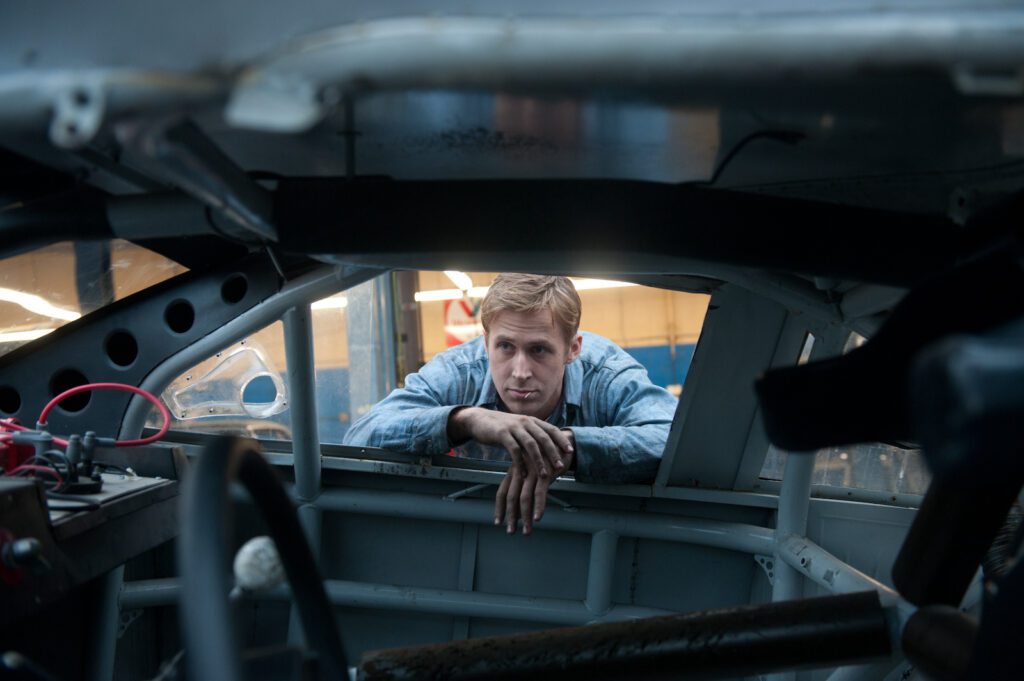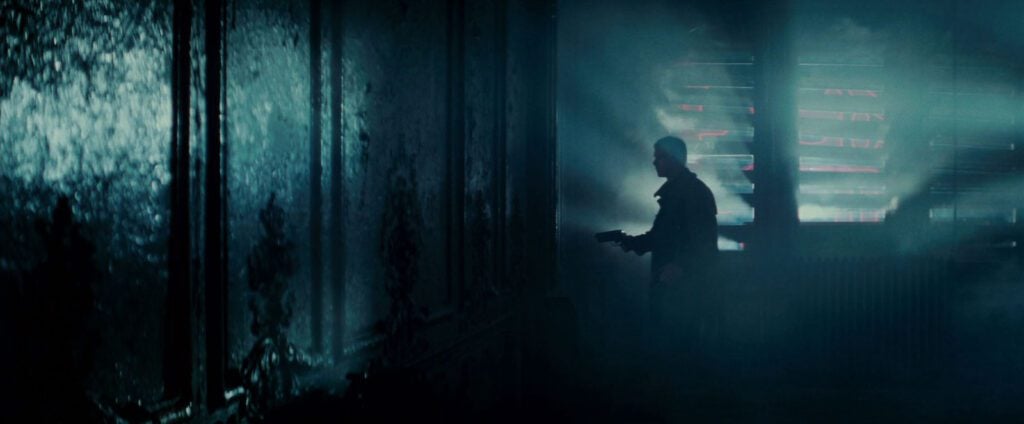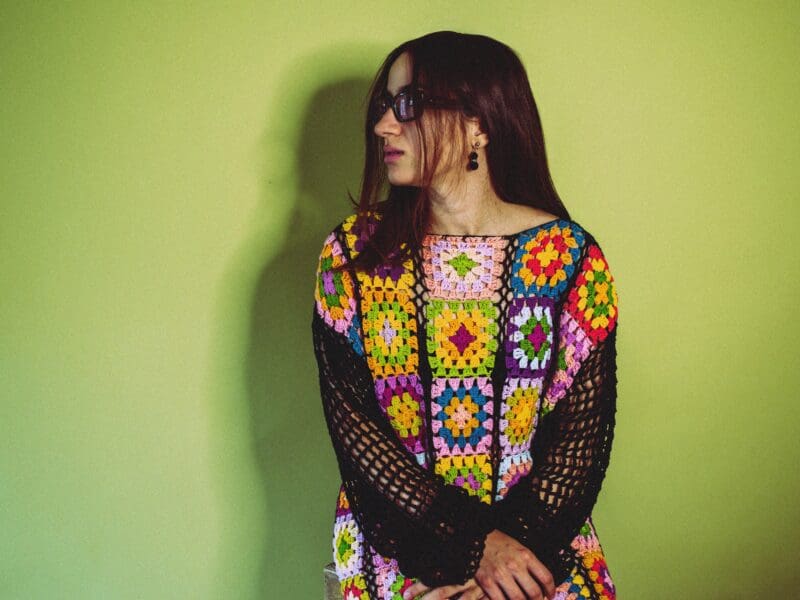
Hunter Hobson Discusses How To Create The Best Movie Stills
Hunter Hobson, a professional photographer from Los Angeles, California, gives tips on making great movie stills.
Have you ever seen a movie and been blown away by the cinematography? The colors, the angles, and the lighting; all come together to create something extraordinary. A big part of that is the choice of shots used in the film. This is where the role of the stills photographer comes in.
The stills photographer is responsible for taking all the photos to promote the film. This includes posters, teaser trailers, and even sometimes helping to develop ideas for shots during production. In this article, Hunter Hobson will be discussing some tips on how to make great movie stills.

Angles
One of the most important aspects of a good still is the angle at which it is taken. An interesting angle can make even a mundane subject look fascinating. It can also help to convey emotions or add tension to a scene. For example, a low-angle shot looking up at a character can make them appear more powerful or intimidating. Alternatively, a high-angle photo looking down can make them seem small or vulnerable.
Another thing to consider when choosing your angles is the focal length of your lens. A long focal length will compress the foreground and background together, making everything appear closer together than it is and adding depth to the image. This can ensure that all the crucial elements in your frame are visible and not cut off by the edges.

Lighting
Lighting is another critical element in creating a great still. Different types of lighting can create different moods and atmospheres. For example, if you want to create a feeling of unease or suspense, using backlighting or playing with shadows can be very effective. Soft, diffused lighting is often used for romantic scenes or idyllic settings as it creates a warm and inviting feeling. Experimenting with different lighting setups is essential to see what works best for each set.
When choosing lighting for your scene, remember the time of day and the weather. For example, direct sunlight can be harsh and create harsh shadows. If you’re shooting a scene outdoors, try to shoot early or late in the evening when the sun is lower in the sky. This will create softer, more flattering light. Cloudy days can be great for shooting indoors as it makes a diffused natural light that is very forgiving.

Composition
The composition of an image refers to how the various elements within the frame are arranged. There are specific rules that you can follow which will help you to create well-balanced and eye-catching compositions. The rule of thirds is probably the most well-known; this involves dividing your frame into nine equal sections using two horizontal and two vertical lines and then placing your subject along one of those lines or at one of the intersections.
Other guidelines include using leading lines to draw attention to the frame or keeping negative space in mind so that your subject has enough room to breathe. The most important thing is experimenting and finding what works best for each scene.
It’s also worth considering what should be focused on and shouldn’t be when you’re composing your shot. In general, it’s best to keep your subject sharp and in focus while allowing everything else to fall slightly out of focus (this is known as shallow depth of field). This helps to put all attention on your subject while still providing some context for where they are and what’s happening around them.

Colors
Choosing appropriate colors for your images is vital as they can influence an image’s overall tone and feel. When picking colors, it’s helpful to think about color contrast and complementary colors, as these can help make an image more striking or harmonious, depending on your choice.
For example, if you want to create a feeling of tension, you could use colors high in contrast, such as black and white. Alternatively, using complementary colors like blue and orange can be effective if you’re going for a more calming vibe.

Props & Wardrobe
In some cases, the props and wardrobe used in a scene can be just as necessary as the actual subject. They can help to set the tone or mood of a scene, convey information about the characters, or even provide some comic relief. When selecting props and wardrobes, it’s essential to ensure they fit in with the overall aesthetic you’re going for and make sense for the scene.

Editing
Once you’ve shot your scene, it’s time to start editing. This is where you’ll begin to bring the image to life and make all the necessary adjustments to make it look just right.
The first step is usually basic color correction. This involves adjusting the colors to match and creating a consistent look across all the images. You may also want to change the brightness and contrast levels, depending on the look you’re going for.
Next, you’ll want to make final tweaks to the composition and lighting. This might involve moving some elements around or adding/removing shadows as needed.
Finally, you’ll want to apply any desired filters or effects to give your image extra polish. This could be as simple as adding a vignette or changing the color tone.

Conclusion
Movie stills are an important part of filmmaking as they help promote and market the film. Creating quality movie stills requires a good understanding of composition, lighting, and color. With some practice and these tips from expert Hunter Hobson, you’ll be able to create stunning images that accurately reflect the tone and feel of your film.







